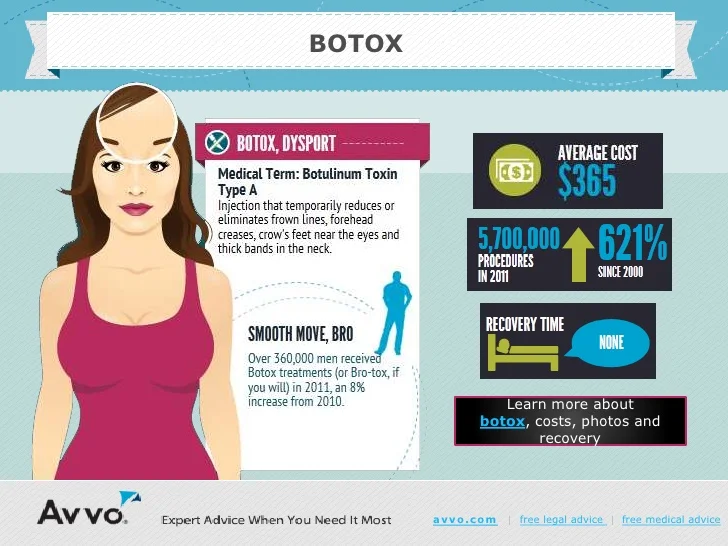Cbd Oil For Acne What To Know
Cbd Oil For Acne What To Know
Blog Article
Acne Treatment - What Are AHAs in Acne Therapy?
AHAs are a key ingredient for unclogging pore clogs and brightening acne-prone skin. They function by breaking down dead skin cell buildup to advertise newer, fresher cells, and avoiding future clogs.
Creating topical AHAs necessitates thorough attention to numerous essential variables that considerably influence their efficacy and tolerability. Preserving the optimum pH variety, in addition to vehicle choice and focus, intensifies their exfoliative characteristics while alleviating possible adverse reactions.
Glycolic acid
Glycolic acid is understood for its light yet reliable scrubing residential or commercial properties, which promote skin's all-natural dropping and loosen up the "adhesive" that holds dead cells externally of the skin. This aids unblock pores and decrease the look of great lines and creases, in addition to enhance general skin structure and tone.
Remarkably, topical glycolic acid has also been revealed to boost the manufacturing of collagen, which is important in preserving skin's firmness and elasticity. It is important to keep in mind, nevertheless, that because glycolic acid can stimulate the skin's level of sensitivity to sunlight, it is essential to put on sun block when using any kind of products having this component.
Dermatologists pay mindful interest to the solution of products having AHAs in order to enhance their efficacy and tolerability. Developing AHAs with the appropriate car, in addition to pH and concentration factors to consider, allows for ideal skin infiltration while minimizing prospective damaging reactions. This is especially vital for patients with sensitive skin, considering that AHAs are recognized to be mildly irritating.
Lactic acid
Lactic acid is discovered in lots of non-prescription skin treatment items and some stronger professional peels and treatments. It has the lowest molecular weight of all the AHAs and is able to penetrate deeper into the skin, where it is much more effective at unclogging pores and exfoliating.
Like glycolic acid, it also stimulates collagen synthesis, which helps lessen great lines and creases and enhance skin structure. Additionally, it has moisture-retention homes, which makes it more suitable for drier skin kinds than other AHAs.
The comprehensive body of clinical information corroborating the efficacy of topical AHAs sustains their energy in a large range of dermatological conditions and aesthetic issues. These consist of detailed skin restoration procedures, attenuation of great lines and wrinkles, lightening of hyperpigmentation, therapeutic treatment for actinic keratosis, and acne monitoring [2] Optimizing the formulation of AHAs by stabilizing pH, concentration, and vehicle option additionally enhances their therapeutic possibility. These cautious considerations enable dermatologists to supply risk-free and reliable treatments that give exceptional professional results.
Mandelic acid
Mandelic acid, derived from almonds, is another participant of the AHA family and is a popular component in items that assist treat acne. Its bigger molecular size suggests it permeates the skin a lot more gradually and delicately, which can reduce the potential for irritation. It's also less likely to cause redness and various other skin level of sensitivity problems, making it ideal for sensitive skin kinds.
Mandelic Acid is thought to help in reducing swelling and boost hydration. It functions by loosening the bonds in between dead skin cells, enabling them to shed and disclose fresher-looking skin. It likewise helps in reducing the look of enlarged pores.
Formulating topical items with AHAs needs an accurate equilibrium of key factors that considerably affect their efficacy and tolerability. Particularly, the pH of an AHA formula has actually been revealed to play an important function in its capability to advertise exfoliation and boost skin tone and texture. Achieving this optimal concentration is a difficult goal and requires thorough interest to the numerous elements that influence the formula process.
Citric acid
Citric acid, discovered in citrus fruits such as oranges and lemons, is a light AHA. It's less annoying than glycolic or lactic acid, making it better for delicate skin. It also has astringent buildings, assisting to dry excess oil.
Like various other AHAs, citric acid can be made use of in chemical peels and daily active/maintenance treatments to scrub the skin and advertise cell turn over. It can help in reducing the look of dark places and hyperpigmentation, along with fine face lines.
It can also raise the synthesis of glycosaminoglycans, which play a vital function in reinforcing the skin barrier feature. This aids to avoid trans-epidermal water loss, and preserve ideal hydration levels in the skin [35]
AHAs can be combined with relaxing components such as ceramides or hyaluronic acid to improve their tolerability. They can be included right into everyday active/maintenance skin care via cream or product formulations. This enables what is botox specialists to tailor their AHA treatments based upon individual requirements and preferences, with the versatility of choosing from various therapy strengths or focus.